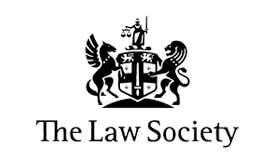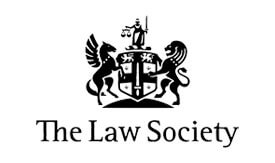On 20th March 2020 the Government introduced a new job retention scheme whereby UK employers can access a grant from the Government for up to 80% of an employee’s wage. The scheme is implemented to enable employers to continue paying employees who would otherwise have been laid off or made redundant during the ongoing crisis.
Which employers are eligible?
All UK businesses enrolled on a PAYE payroll system prior to 28th February 2020 are entitled to access the scheme and there will be no requirement for the employer to demonstrate any financial hardship to be eligible to claim the grant.
What is offered by the Scheme?
Under the scheme, the Government will pay employers cash grants of 80% of the wages of the furloughed worked; capped at a maximum of £2,500 per month (plus pension and NIC). The scheme is currently due to be implemented towards the end of April 2020 and will run for a minimum of 3 months from 1st March 2020.
Whilst there is no obligation to do so, an employer can opt to top up the balance of an employee’s salary. However, the employee must be told at the outset when offering furlough leave if the employer does not intend on making up the remaining balance. Explicit agreement to the furlough leave should be recorded in writing to avoid any future claims being made by the employee. The most practical way of doing so would be by way of a deed of variation to the employment contract.
Which employees can be furloughed?
Any individuals that are engaged via the PAYE system can be furloughed; this is irrespective of their employment contract and employee status. As a result, those individuals on flexible or zero-hour contracts will also be covered. The scheme will, however, only cover those employees who were on the Payroll prior to the 28th February 2020. Any employees who have been made redundant after 28th February can also be re-hired and placed on furlough leave.
Any employees on furlough leave will be unable to carry out any work for, or on behalf of, the employer. Likewise, any employee who continues to work, whether on reduced hours or otherwise, will not be covered by the scheme. Employees are able to carry out training or voluntary work, as long as they are not providing services or generating income for the employer.
What process should be followed?
The employer must notify the employee of their intention to put them on furlough leave and obtain their consent. If no consent is given, the employee may be subject to redundancy. Once the employee consents, the employer must write to the employee placing them on furlough leave. This letter should be retained by the employer, should it later be required for the purpose of relying on the scheme.
The minimum period in which an employee can be placed on furlough leave is 3 weeks. At the end of the 3-week period, the employer has the option to extend leave and there is nothing to prevent the employer from offering furlough leave on multiple occasions.
What is the employment status of a furloughed employee?
The furloughed employee remains an employee and subject to the existing employment contract and employment law. Where an employment contract contains a provision for lay off then the employer is able to implement this; in absence of such clause, the consent of the employee to be furloughed must be obtained and the contract ought to be varied accordingly.













